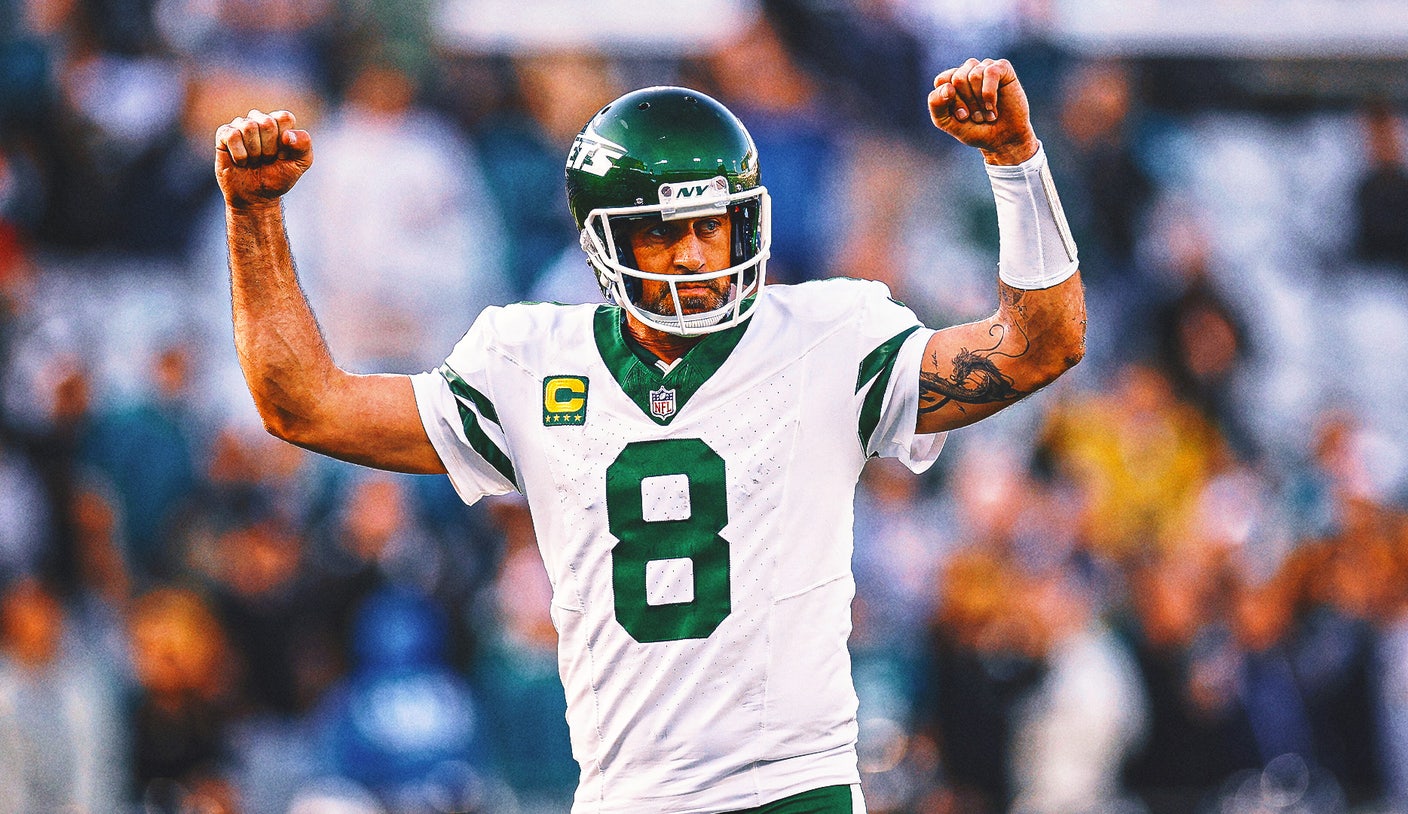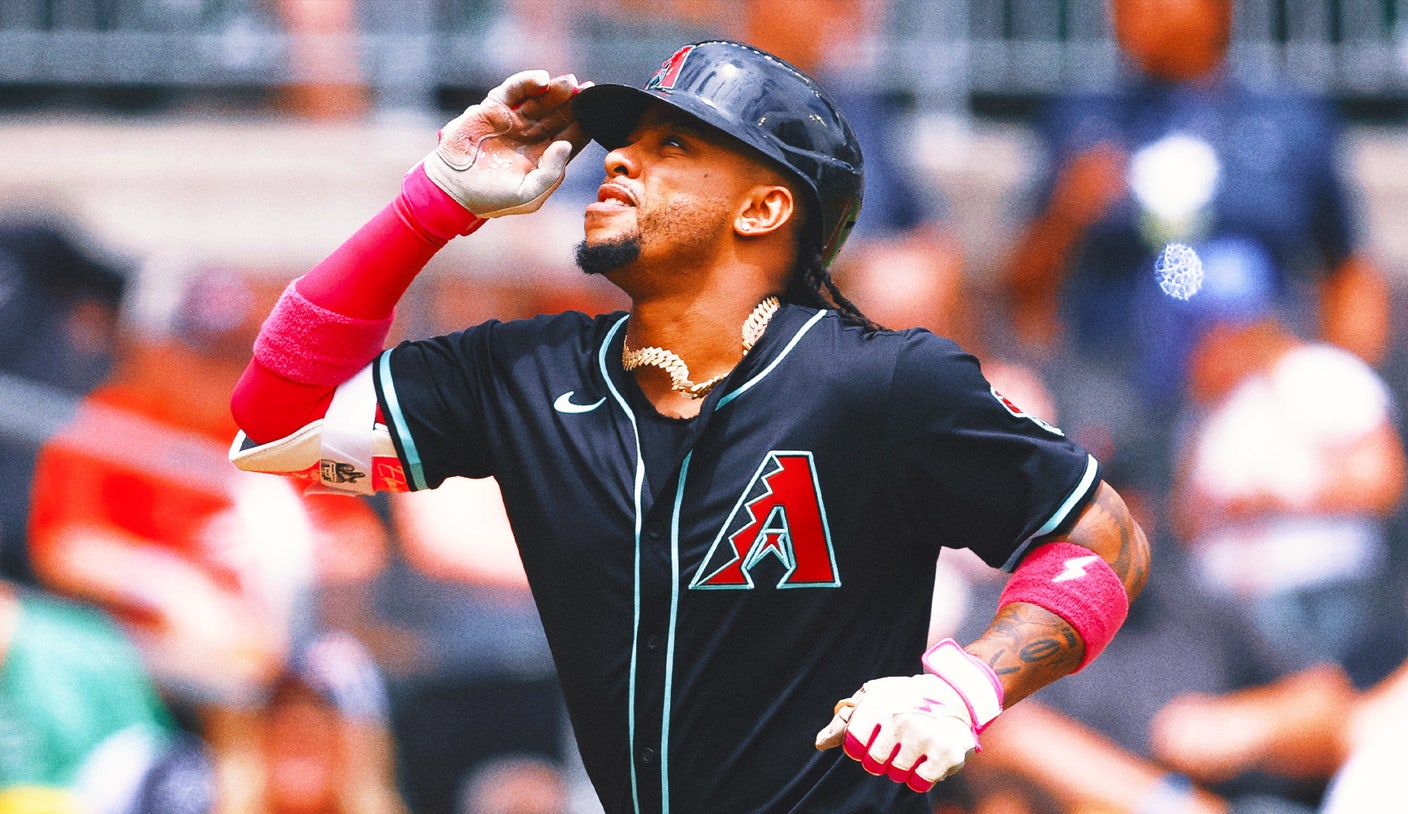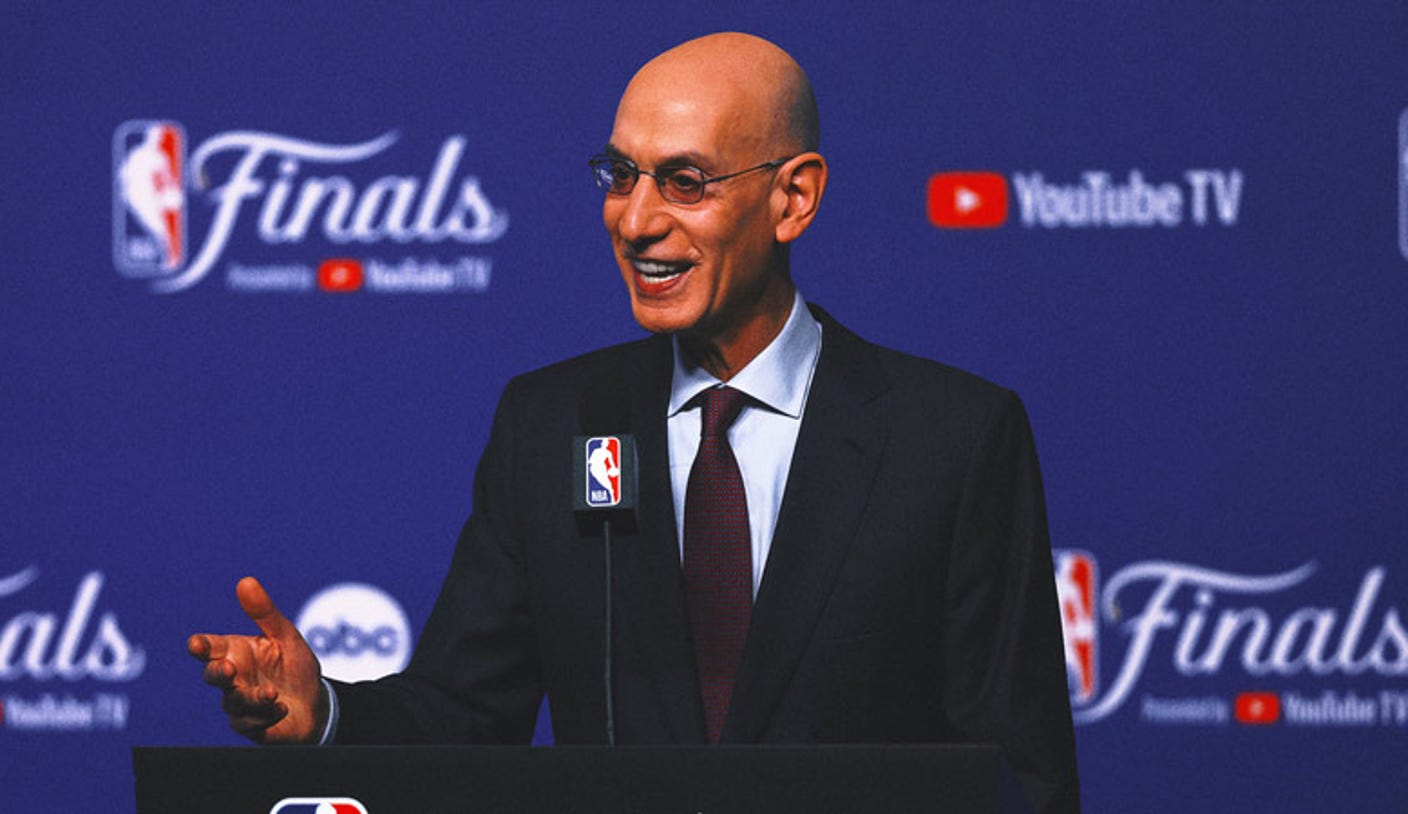Does Aaron Rodgers fit in with the Steelers’ offense? 5 things to watch
When Aaron Rodgers signed with the New York Jets in 2023, he arrived with a list of conditions. He wanted them to sign many of his friends and ex-teammates. He wanted to do things his way, on his own schedule. They even signed his hand-picked offensive coordinator, allowing Rodgers to essentially control how the offense was run.
That’s not how things will be for him in Pittsburgh, where the Steelers already have an offensive coordinator in Arthur Smith, and where they have an offensive system that isn’t what Rodgers usually likes to run.
And that might be the biggest worry about this bold Steelers experiment. They played a dangerous waiting game before the 41-year-old quarterback reportedly told them on Thursday that he’d be their starting quarterback this season. They’ve always believed he was the best quarterback option they’d have.
But the big unknown is how Rodgers will fit with Smith’s scheme — and, perhaps more importantly, how Rodgers will react if he doesn’t.
Here’s a look at Smith’s scheme and Pittsburgh’s supporting cast, and how Rodgers does and doesn’t fit in.
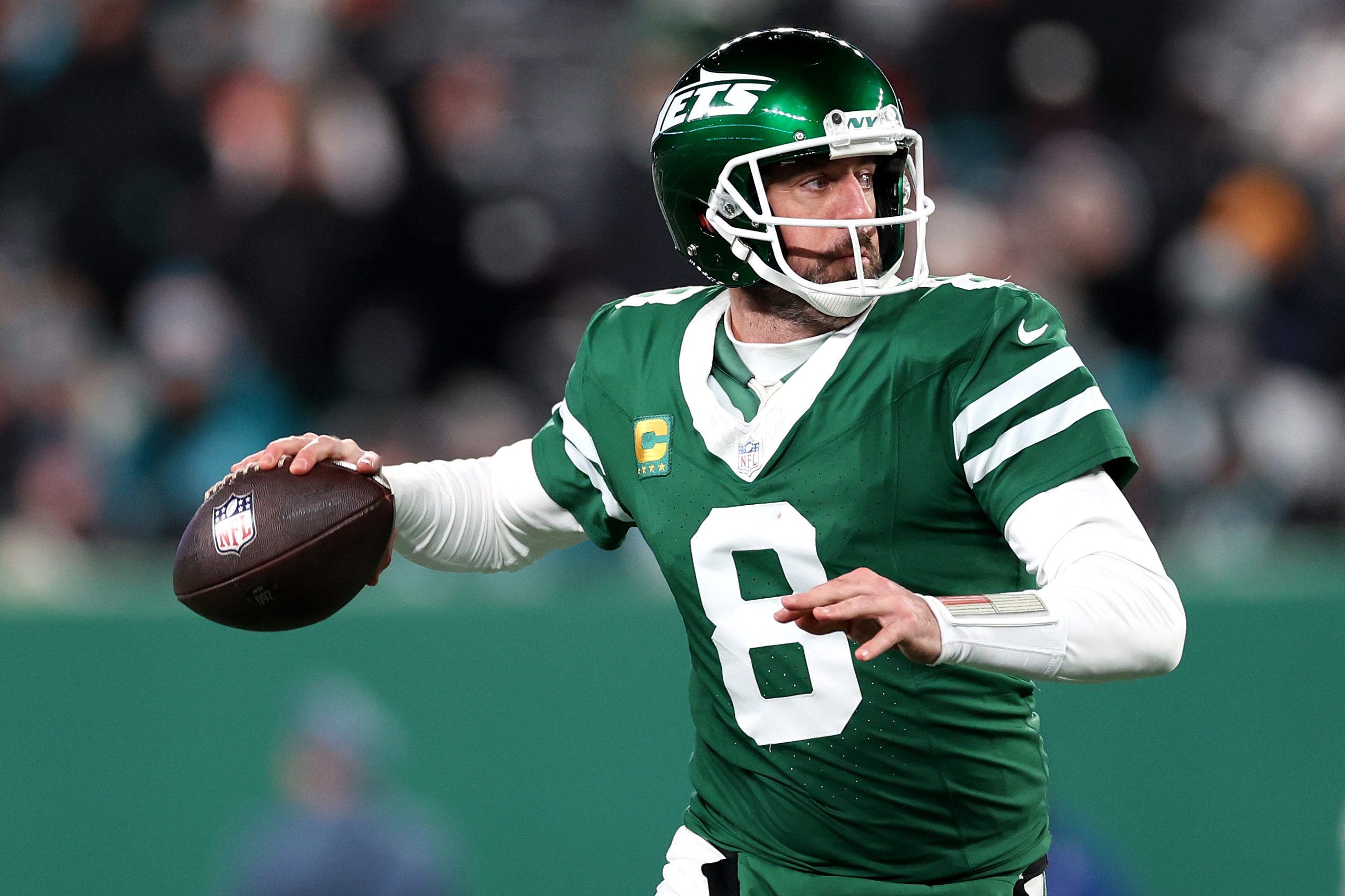
Aaron Rodgers #8 of the New York Jets in action against the Miami Dolphins at MetLife Stadium on January 05, 2025 in East Rutherford, New Jersey. (Photo by Luke Hales/Getty Images)
1. The RBs — not the QBs — are the stars
The basics of the 43-year-old Smith’s offensive scheme and philosophy are this: He calls a run-heavy offense with a play-action passing game. He’s used similar variations of that scheme in all three of his turns at running an offense — as offensive coordinator of the Tennessee Titans (2019-20), head coach of the Atlanta Falcons (2021-23), and as the offensive coordinator of the Steelers last year.
He had success with that too, at least at first. The Titans ranked 12th and second in total offense, respectively, in two seasons under Smith, which happened to be the two best seasons of quarterback Ryan Tannehill’s career. And last year, that system helped revive the career of quarterback Russell Wilson as the Steelers got off to a 10-3 start before a late fade.
But it’s clear that when Smith is calling the plays, the running backs are the focal point. Behind Derrick Henry, the Titans averaged 153.5 rushing yards per game over Smith’s two seasons. In his first year in Atlanta, he took over the second-worst rushing team in the league and got a 1,035-yard season out of fifth-round rookie Tyler Allgeier. And last year, thanks to Najee Harris’ 1,043 yards, the Steelers ranked 11th in rushing in the league.
Of course, it’s possible some of that has been out of necessity since Smith has never had a quarterback with Rodgers’ ability. Tannehill went to one Pro Bowl in his career (in 2019, running Smith’s offense). He had a terrible array of quarterbacks in Atlanta, including an aging Matt Ryan, Marcus Mariota, Desmond Ridder and Taylor Heinicke. And Wilson was 35 and clearly not capable of doing everything he used to do.
Wilson, though, might be a great example of how Smith might be willing to adjust his offense to his quarterback’s strengths. Smith revived Russ’ renowned “moon ball” last season and showed he could still throw the ball accurately down the field. As a result, Smith unleashed him — at least a little bit. Wilson threw more than 20 yards downfield on 14.8% of his passes last season, good for the second-highest percentage in the league.
But he was still a supporting character in the offense because the Steelers ran on 51% of their plays. And Wilson led the NFL in check-downs, doing it on 19.2% of his dropbacks last season — though it’s hard to know if that was mostly situational or at least partially by design.
Rodgers surely is going to want to let it fly more than he checks down or even hands the ball off. Despite the presence of two talented running backs in New York (Breece Hall and Braelon Allen), Rodgers dropped back to throw on 64% of the Jets’ plays last year. That’s more of what he likes.
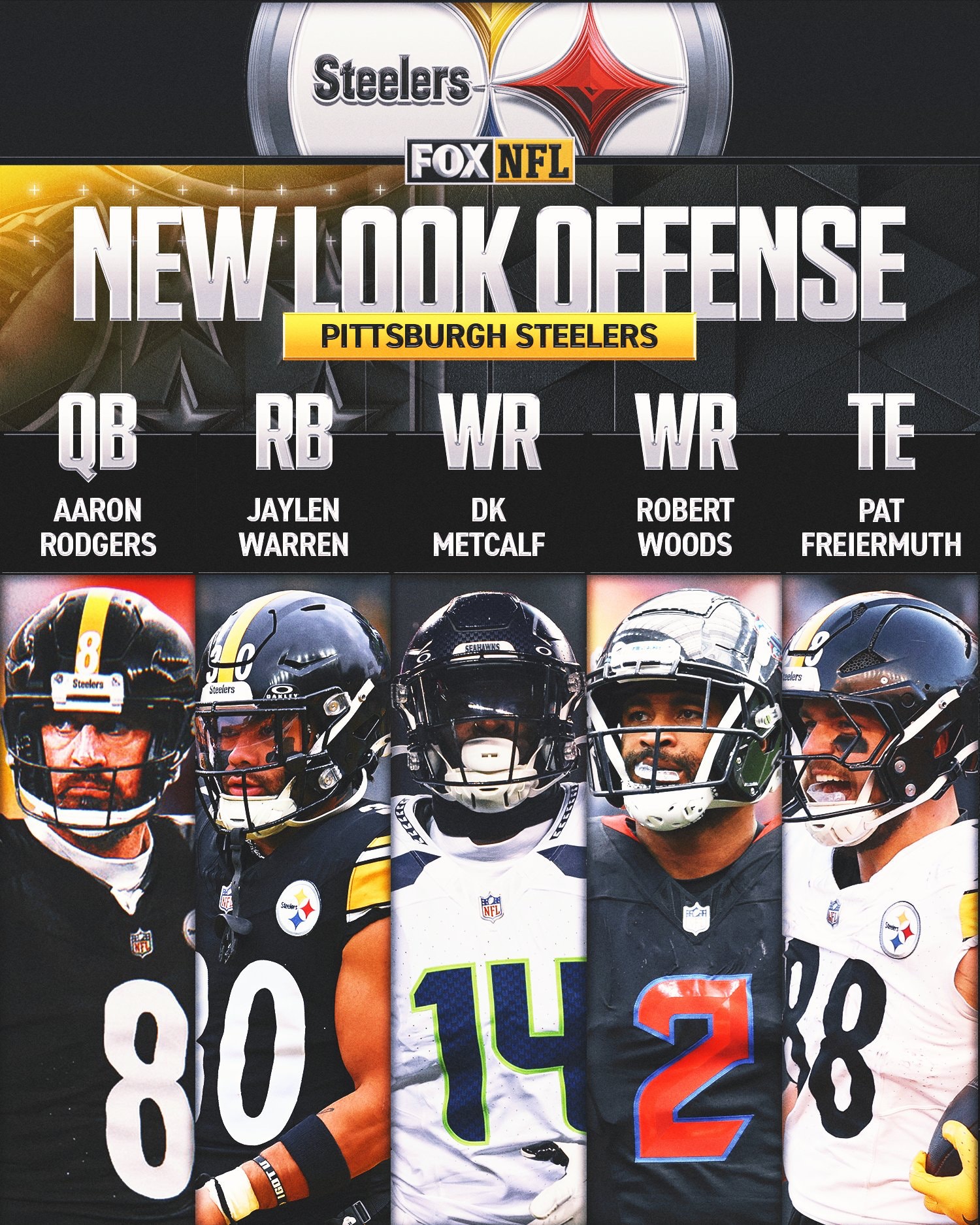
2. The system only works if there are RBs to work with
Harris was quite the workhorse in the Steelers’ backfield, with four straight 1,000-yard seasons and never missing a game. But he’s taken his talents to the Los Angeles Chargers, leaving the Steelers with Jaylen Warren, who had just 511 yards last season and has never topped 150 carries in any of his three NFL seasons, and a whole lot of questions.
They did draft Iowa’s big running back Kaleb Johnson (6-1, 224) in the third round, and he’ll surely compete for some playing time. But otherwise their depth chart is loaded with backups like ex-Eagle Kenneth Gainwell and former Colt Trey Sermon. In other words, there’s no Henry or Bijan Robinson or even Allgeier for Smith to lean on.
That might play perfectly into the Rodgers experiment, though. A backfield like that could have been a disaster with Mason Rudolph calling the plays. But if that paltry group means they’ll have to lean more on the quarterback, that surely will make Rodgers happy.
3. Steelers have a No. 1 WR … but not much else
Rodgers won’t be able to bring Davante Adams with him this time since he just signed with the Los Angeles Rams. But the Steelers already went out and got him a legitimate No. 1 with their big offseason trade for the Seahawks‘ D.K. Metcalf.
When Metcalf is healthy, he’s exactly what Rodgers wants — a guy who can stretch the field and is strong enough to make catches in traffic. He’s a threat for 80-90 catches and 1,100-1,200 yards, maybe more with a better quarterback throwing to him than he’s had recently in Seattle.
But the Steelers also traded away another legitimate No. 1 in George Pickens, sending him to the Dallas Cowboys a few weeks ago. Yes, Pickens was a headache who clearly needed a change of scenery. But he also led the NFL with 18.1 yards per catch in 2023 (63 catches, 1,140 yards) when his quarterbacks were Rudolph, Kenny Pickett and Mitch Trubisky.
Metcalf and Pickens would’ve been a potent 1-2 punch. And Rodgers is surely going to miss him when he sees 33-year-old Robert Woods as one of his other receiver options. Young Calvin Austin (36-548-4 last season) has shown some promise, but until he takes a big leap, they don’t really have a true No. 2.
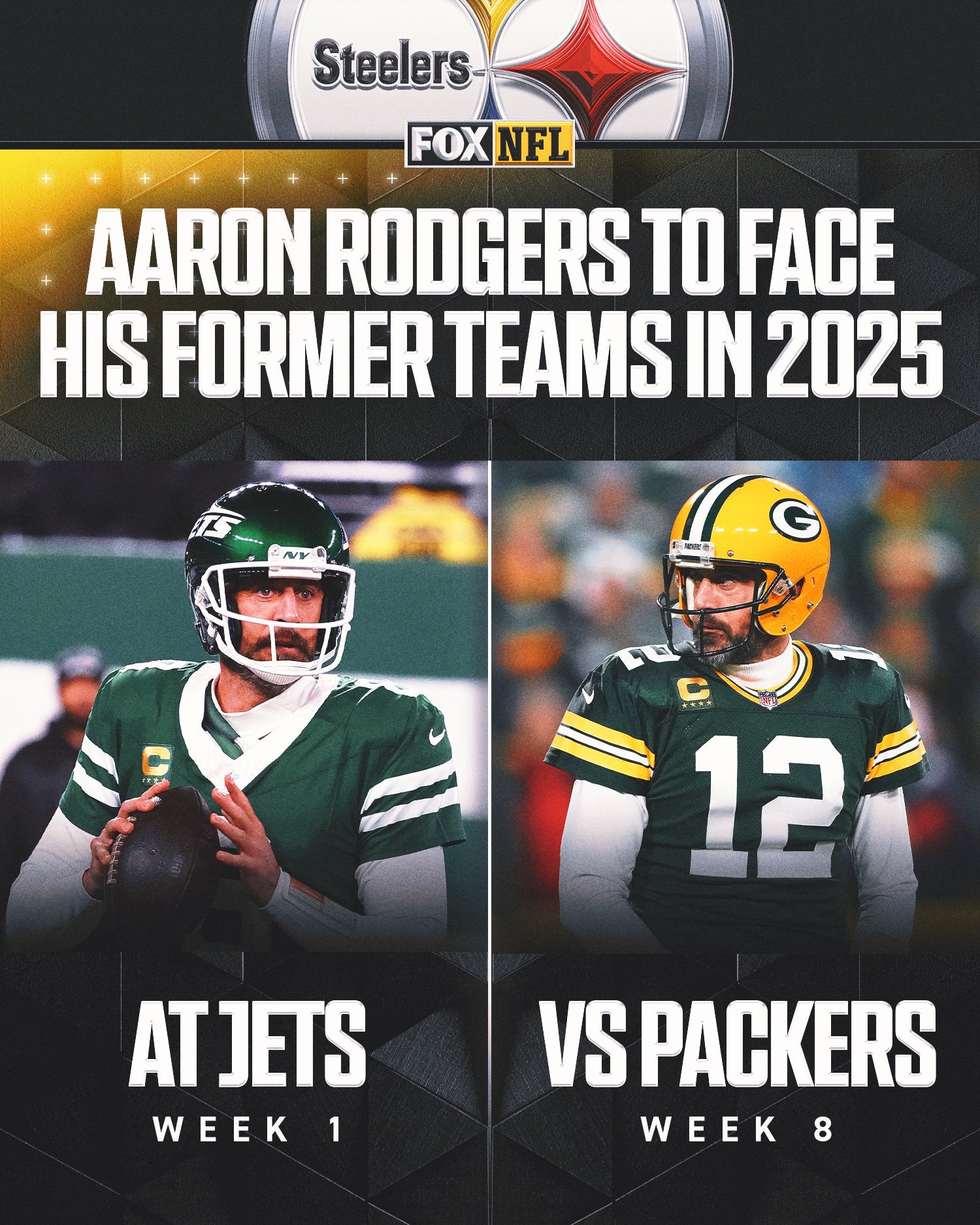
4. TEs, as always, will be big part of Smith’s scheme
It wasn’t a coincidence that tight end Pat Freiermuth was Pittsburgh’s leading receiver last season (65-653-7) and would’ve been second if Pickens hadn’t missed three games. Smith has consistently had his quarterbacks target tight ends at every stop, whether it was Jonnu Smith in Tennessee or Kyle Pitts in Atlanta (though with obviously mixed results).
And the truth is, Arthur Smith’s instinct is to do more with his tight ends than he did last year, when Freiermuth was targeted on 15.6% of the Steelers’ passes (78 times). During his time in Atlanta, the Falcons ran more plays with multiple tight ends on the field than any other team in football — more than 500 per season.
That explains why the Steelers are reportedly talking to the Miami Dolphins about trading for the 29-year-old Jonnu Smith, who played for Arthur Smith in Tennessee and Atlanta. The Freiermuth-Smith combo could be a dangerous 1-2 punch off play-action passes. And they could go a long way toward making Rodgers feel better about his receiving corps — especially if he’s not asked to show off what’s left of his arm by throwing a lot downfield.
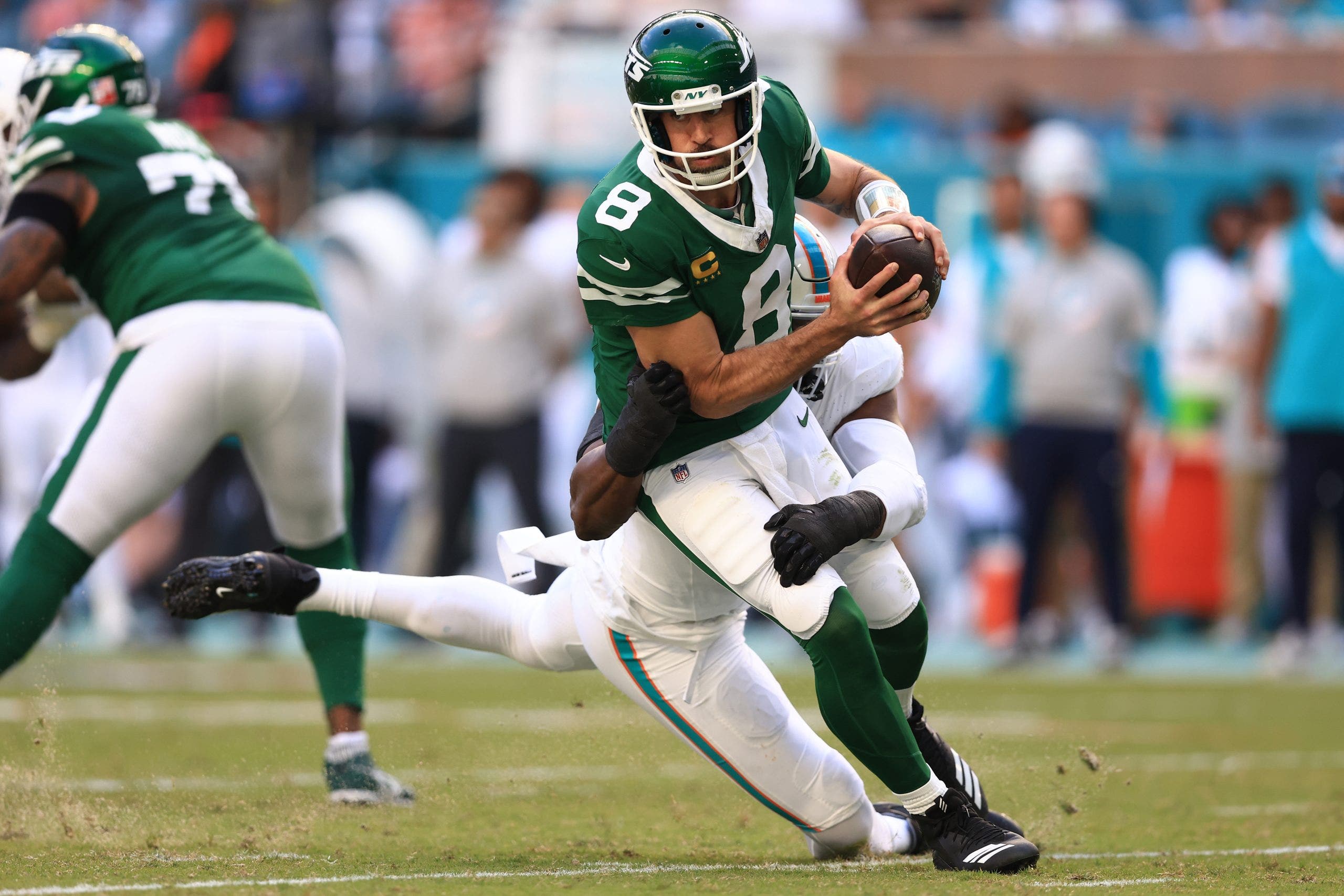
Aaron Rodgers #8 of the New York Jets is sacked by Emmanuel Ogbah #91 of the Miami Dolphins in the second quarter of a game at Hard Rock Stadium on December 08, 2024 in Miami Gardens, Florida. (Photo by Megan Briggs/Getty Images)
5. Can Steelers keep Rodgers upright and healthy?
This might be the biggest question. Remember, Wilson led the NFL in check-down percentage last season, and while that’s not all because of the line, a big part of it is that he often operated under pressure. In fact, the Steelers gave up some pressure on 38.6% of their pass plays, which ranked 29th in the league.
By most measures, they ranked in the bottom-third of the NFL for overall line performance — just above a Jets line that left Rodgers battered, bruised and frustrated all season long. And the Steelers are basically bringing back the same cast.
Whether that unit improves really might be the key to the offense’s success. Rodgers isn’t nearly what he used to be and probably can’t carry a bad team by himself anymore. But the Steelers aren’t a bad team. They have a defense that should be in the top 10 and legitimate weapons in the passing game that should only get better with a still-sharp quarterback throwing to them.
What they need more than anything is to keep Rodgers intact. That means the pass blocking will have to improve and Smith will have to find a way to generate enough of a running game to make his play-action offense successful, which can keep a pass rush off-balance. If they do that, maybe they can squeeze just enough out of Rodgers’ body to make a deep playoff run.
If not, as the Jets learned last year, things can go downhill fast when Rodgers is struggling and unhappy. And he won’t be surrounded by his friends this time, nor will he have the same kind of institutional control he had in New York. He’s going to have to find his own happiness in the Steelers’ system.
In other words, the onus will be on him to become better at fitting in.
Ralph Vacchiano is an NFL Reporter for FOX Sports. He spent the previous six years covering the Giants and Jets for SNY TV in New York, and before that, 16 years covering the Giants and the NFL for the New York Daily News. Follow him on Twitter at @RalphVacchiano.
Want great stories delivered right to your inbox? Create or log in to your FOX Sports account, follow leagues, teams and players to receive a personalized newsletter daily.
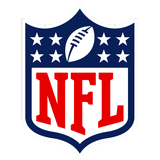
Get more from National Football League Follow your favorites to get information about games, news and more
editor's pick
latest video
Sports News To You
Subscribe to receive daily sports scores, hot takes, and breaking news!

